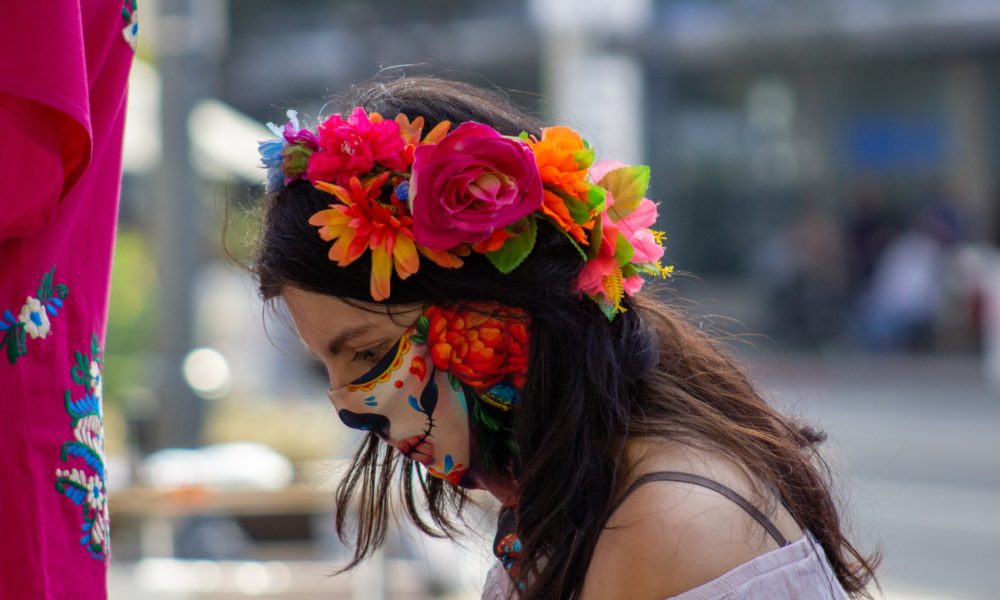Dia De Los Muertos or “Day of the Dead” is one of the most celebrated holidays for many Latinx families, especially in Mexican households, as it upholds a huge cultural significance in many ways.
This two-day holiday is observed the first two days of November in Mexico and other parts of Latin America, which commemorates and connects the family with the souls of their deceased loved ones by setting up altars, also known as “ofrendas,” or by visiting old cemeteries.
Although this tradition has been celebrated for many generations, the practice of this holiday has shifted in recent years to preserve the cultural identity for many Latinx families.
Jose Moreno, a professor of Chicano/Latino studies with a focus on Latino education and policy at Long Beach State, has been lecturing about Chicano/Latino studies, ethnic identity in the United States and Latino cultural identity for over 16 years.
“The root of Dia De Los Muertos is indigenous in that nature, how we perceive death as a phase into another stage and that for a few days those spirits that we value come back for a day or two to spend with us, to eat, celebrate their lives and to create and construct the moment that we can capture,” said Moreno, who holds a doctorate in Education, Administration, Planning and Social Policy.
Dia De Los Muertos traces its roots 3,000 years back in pre-colonial Mexico where the Aztecs and other ingenious people practiced this ritual as a celebration of death being a part of life.
This ritual was then modified after Spanish colonization which implemented some of their traditions and Catholicism into this holiday.
Although Mexico is best known to mainly practice this holiday, it is also celebrated in other countries throughout Latin America, which all tie into practices that indigenous people participated in.
Moreno also mentioned that the indigenous origin of this holiday is the “essence” of it and has remained the same since it’s early origins.
However, for many Latinx families living in the United States, this tradition has shifted to a more contemporary way on how it’s celebrated.
“As it’s come across north of the border, Mexicanos who stayed after the Guadalupe-Hidalgo treaty continued to practice it,” Moreno said. “It’s now becoming mainstream in part of the migration patterns that have a fair understanding, where you have more people celebrating a cultural tradition.”
Moreno also added that as the demography starts to increase, these types of cultural traditions become more “mainstream.”
This “mainstream” influence has impacted on how Latinx culture is seen and presented in the U.S. in comparison to the rest of the world.
There are many elements that contribute into the Hispanic identity such as cultural celebrations, especially for those living in the U.S.
According to a Pew Research Center survey conducted in December 2019, about 26% of Hispanics said that having a Spanish last name was essential to their Hispanic identity. About 24% said participating in or attending Hispanic cultural celebrations was important for their cultural identity.
In the Latinx culture, passing on these types of traditions is an important aspect to maintain the cultural identity of a certain group.
“Culture is something that we transmit through family, through ethnic community especially our immigrant families that migrate to continue tradition that we want to pass on to our children,” Moreno said.




